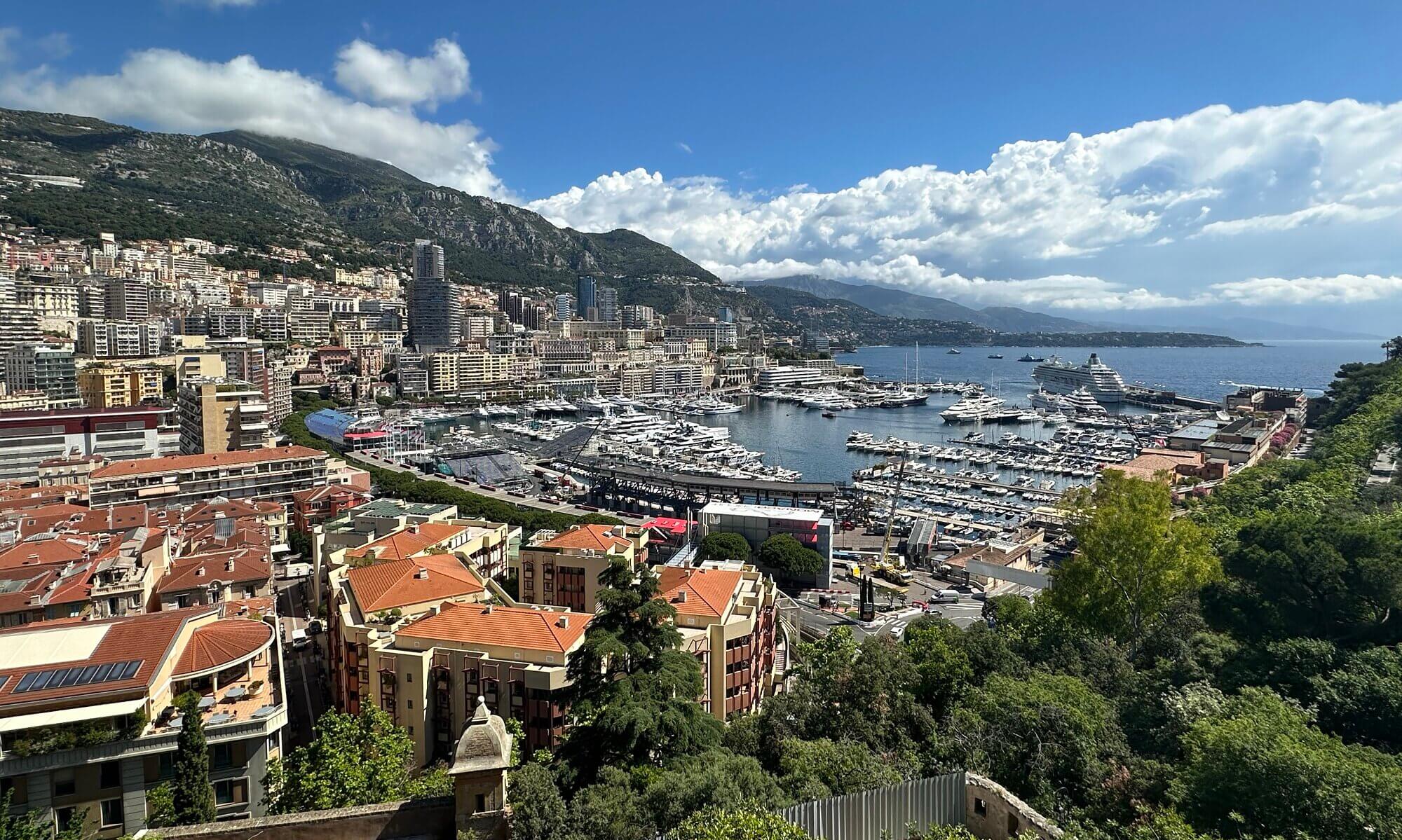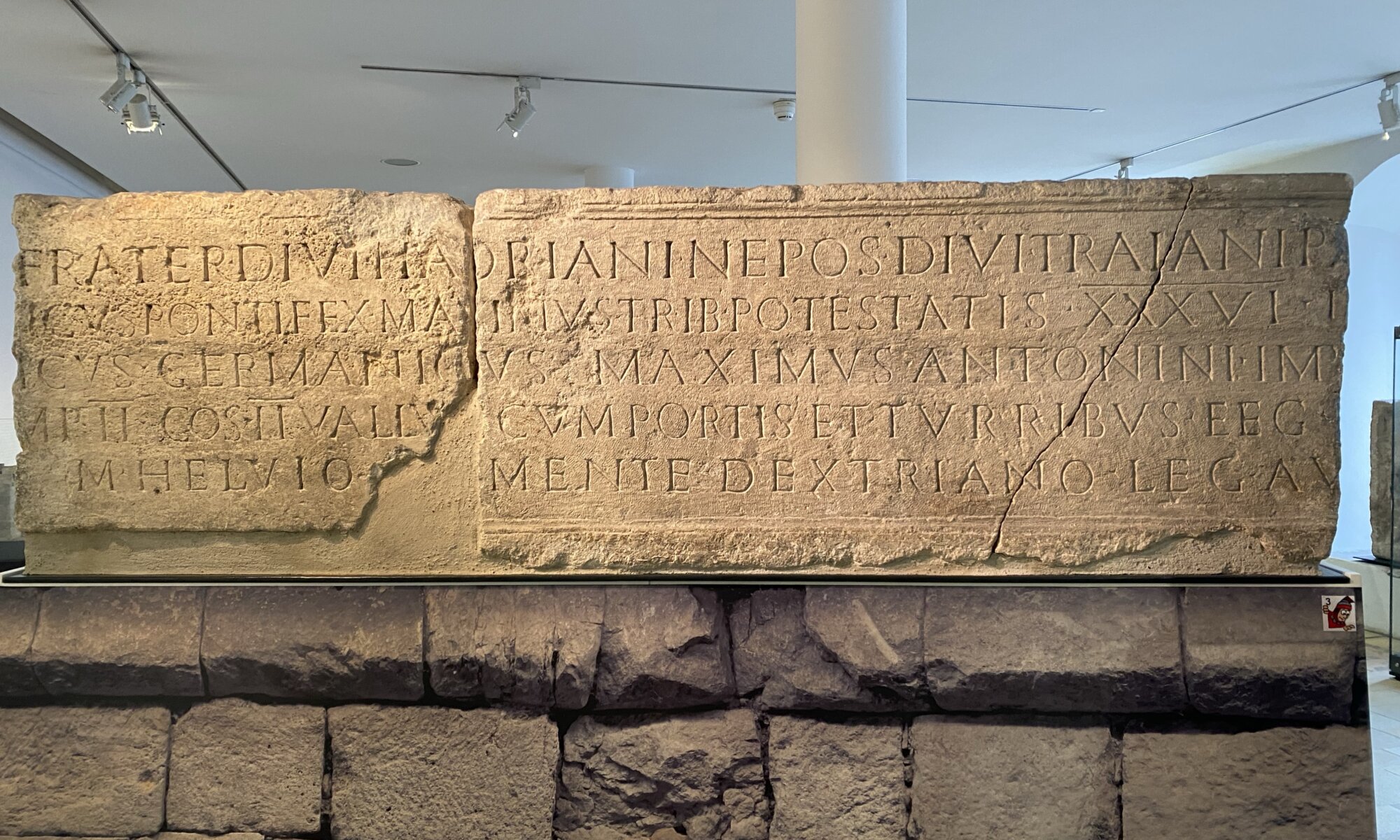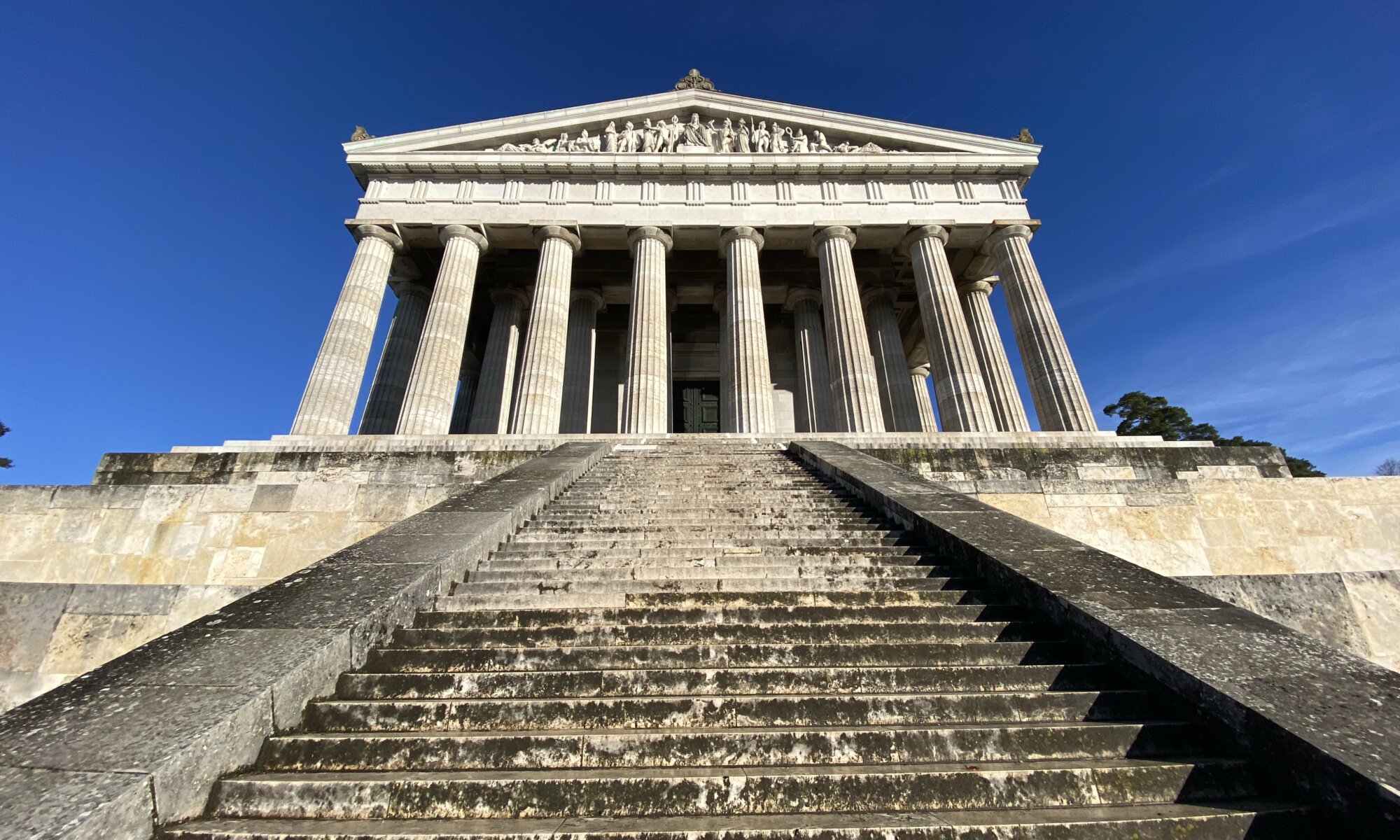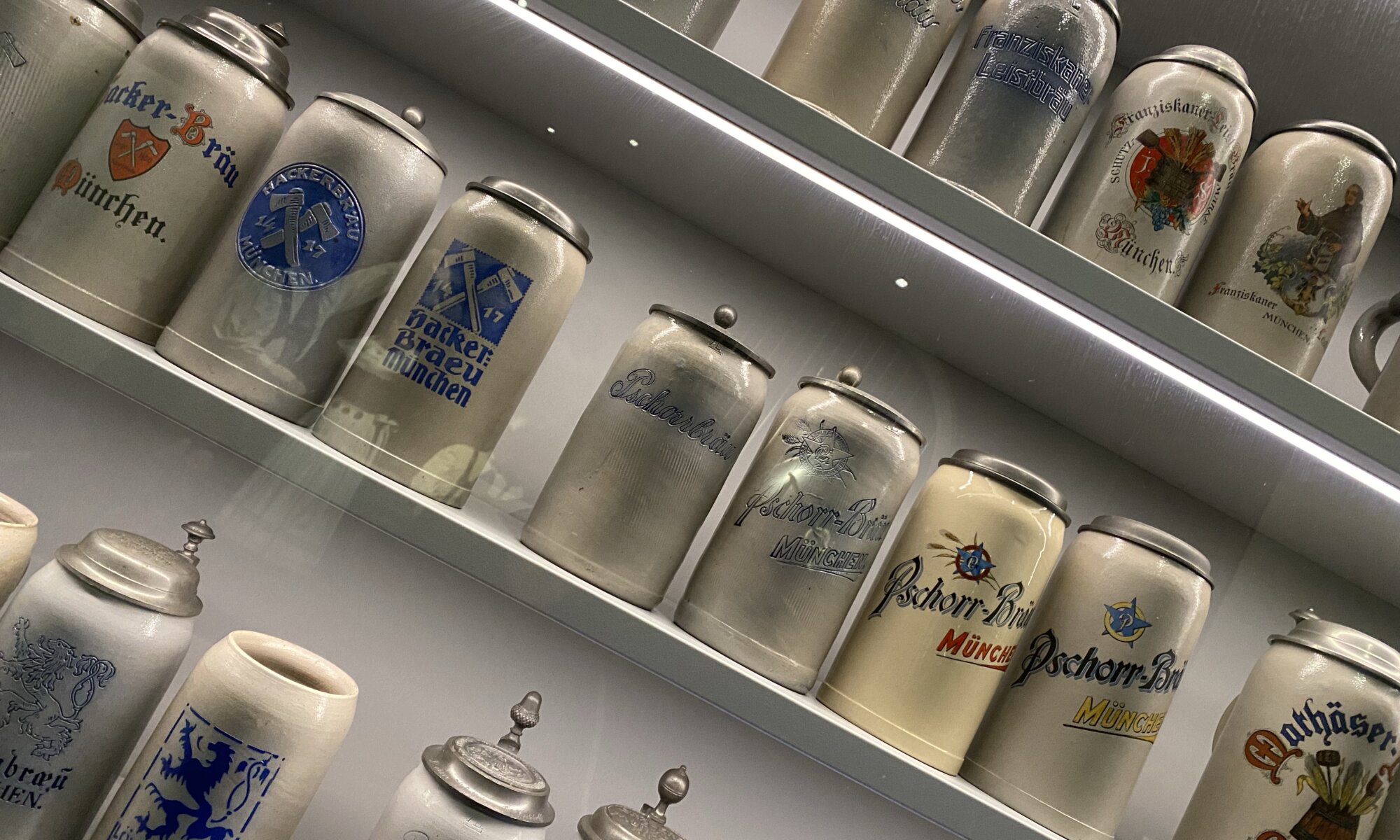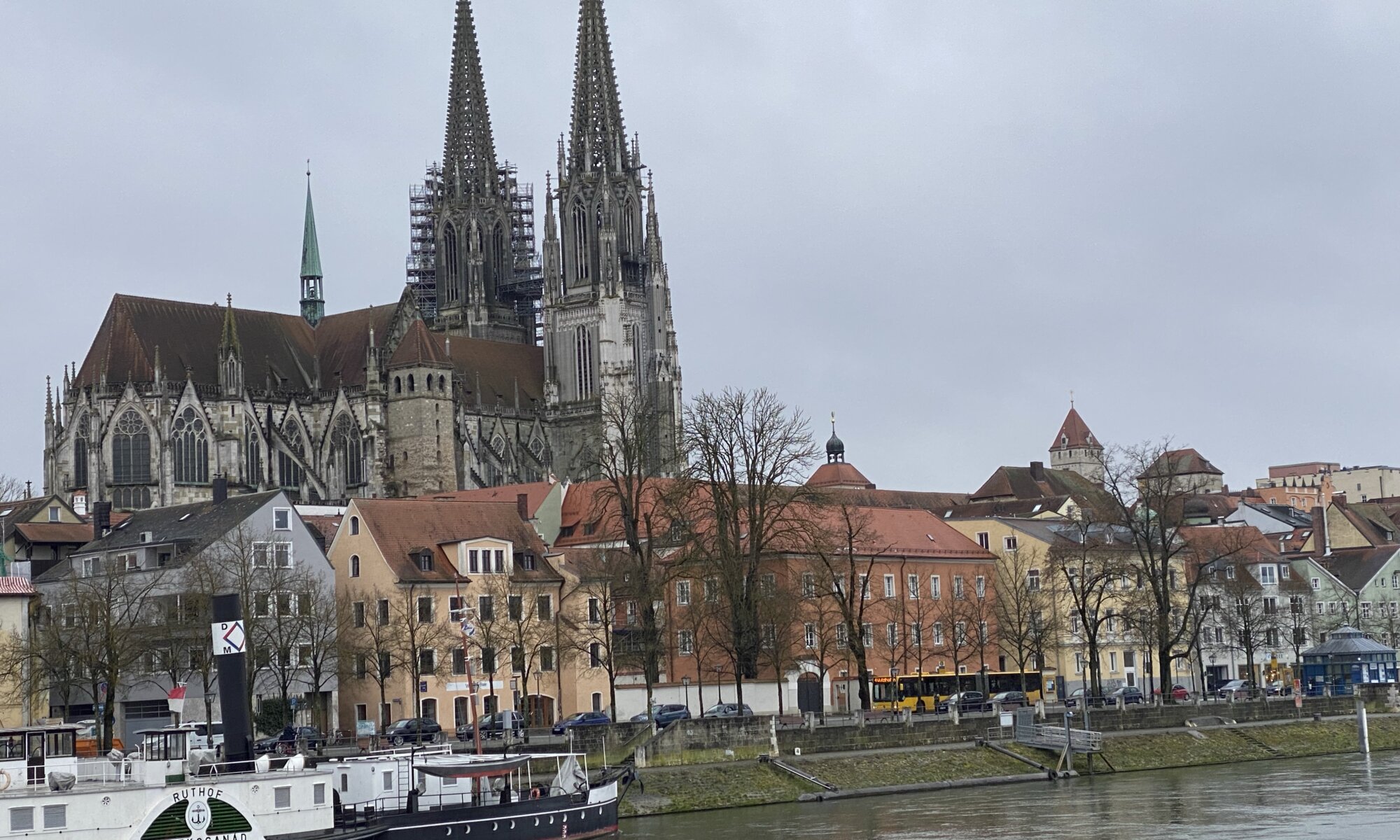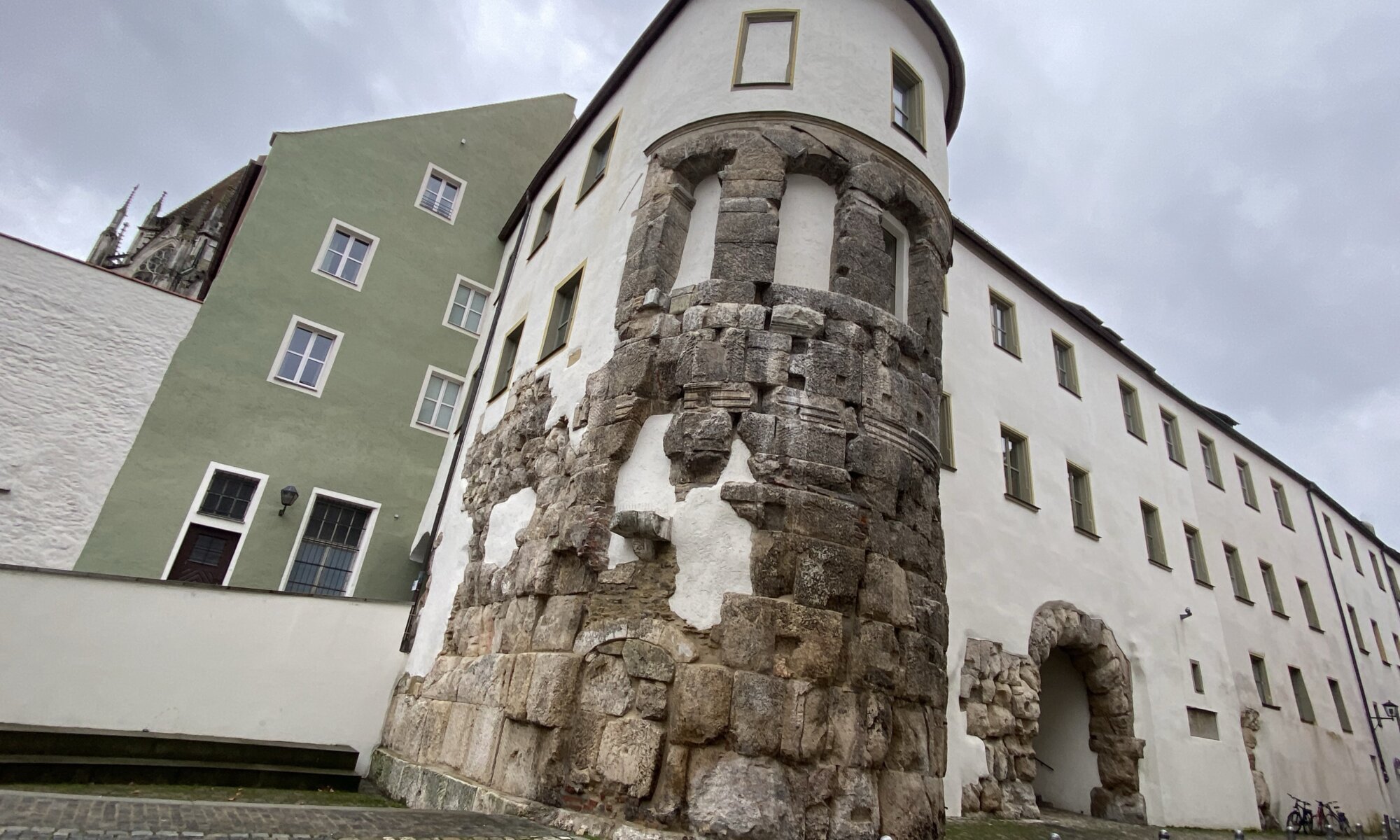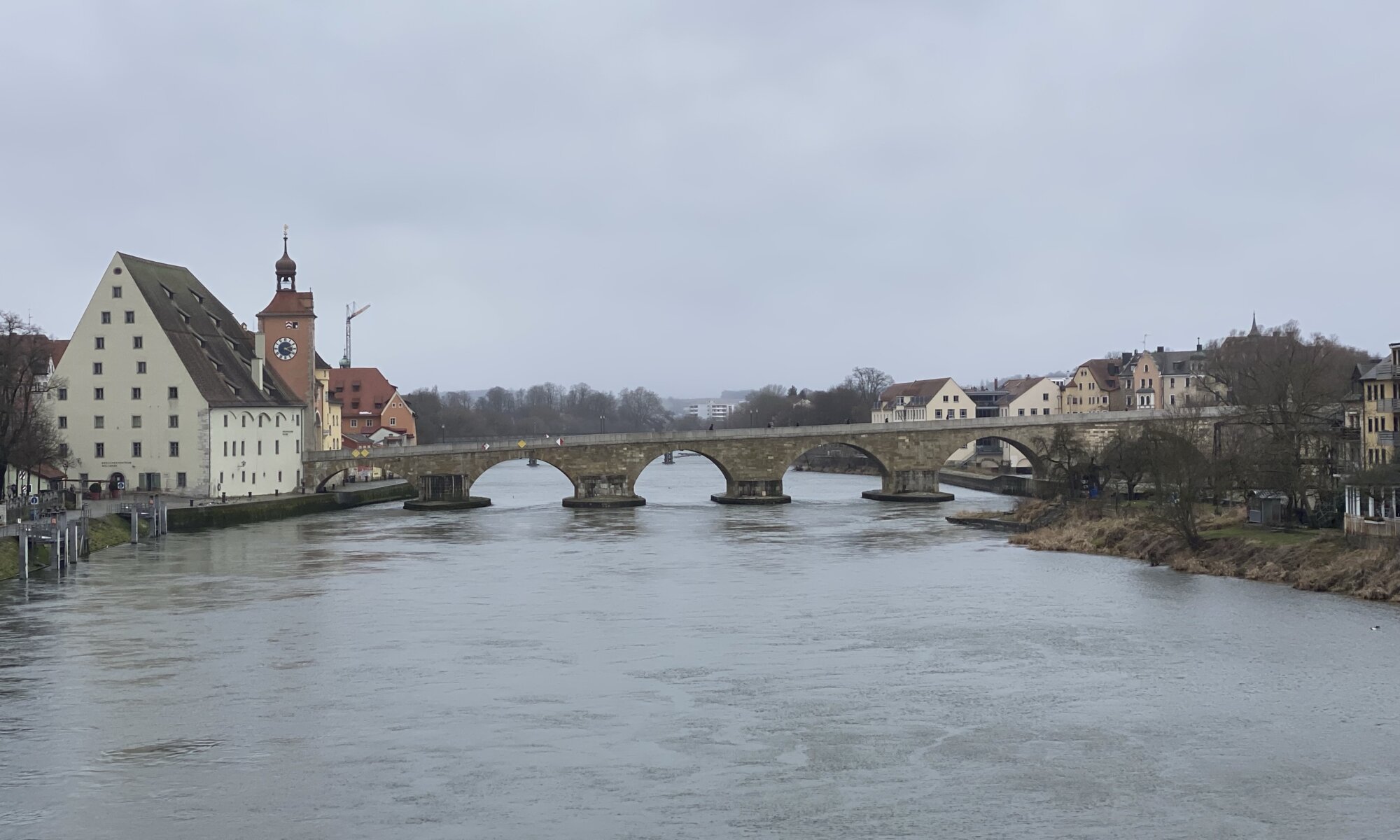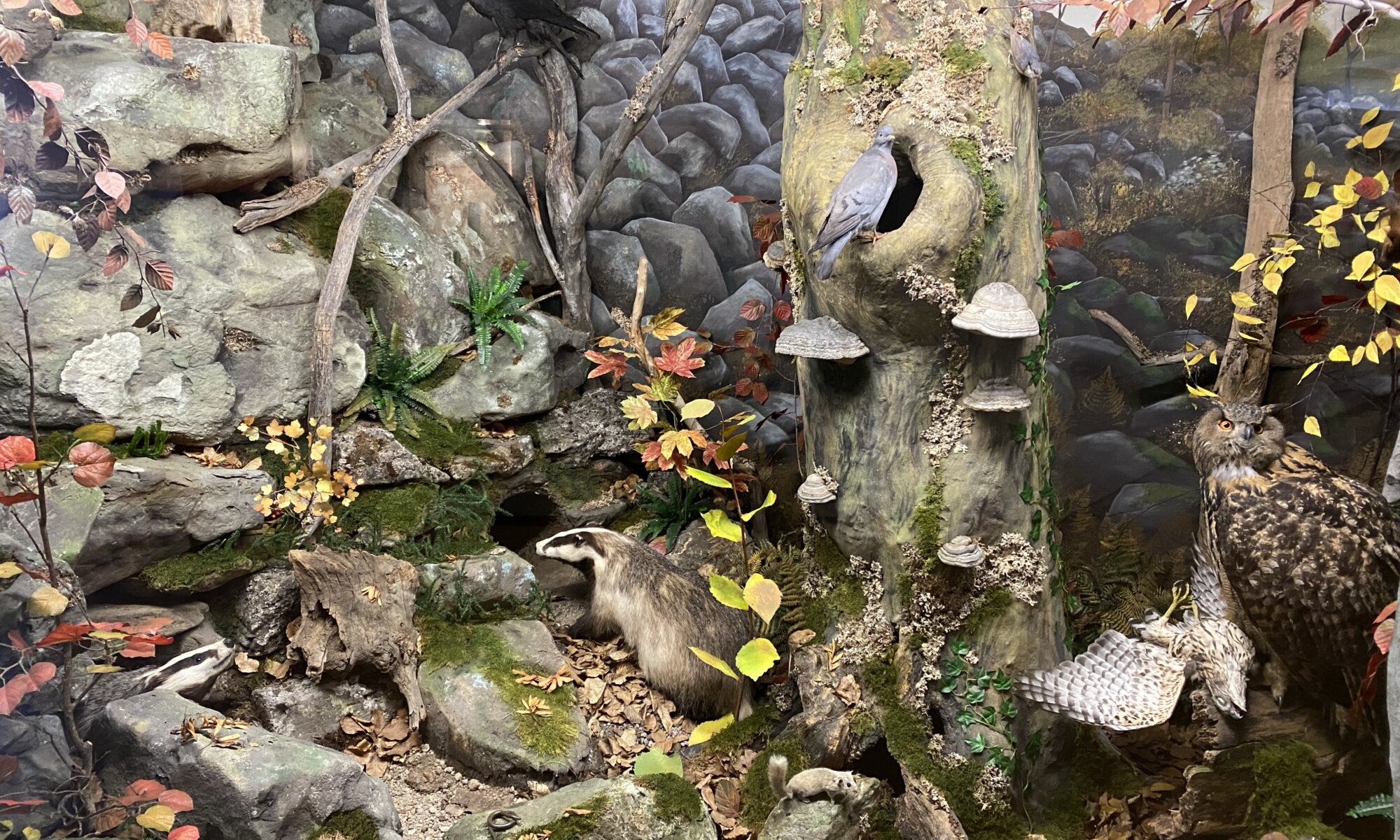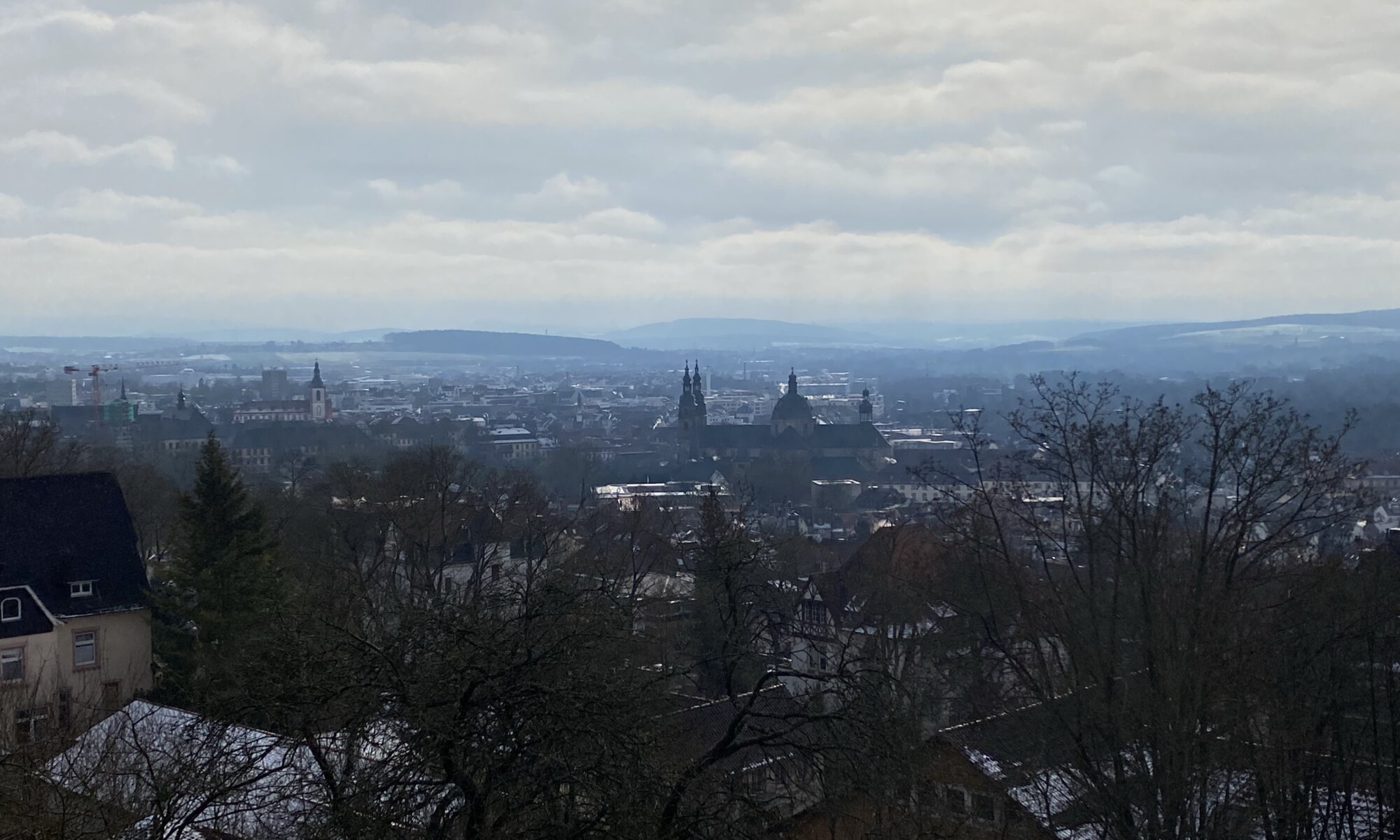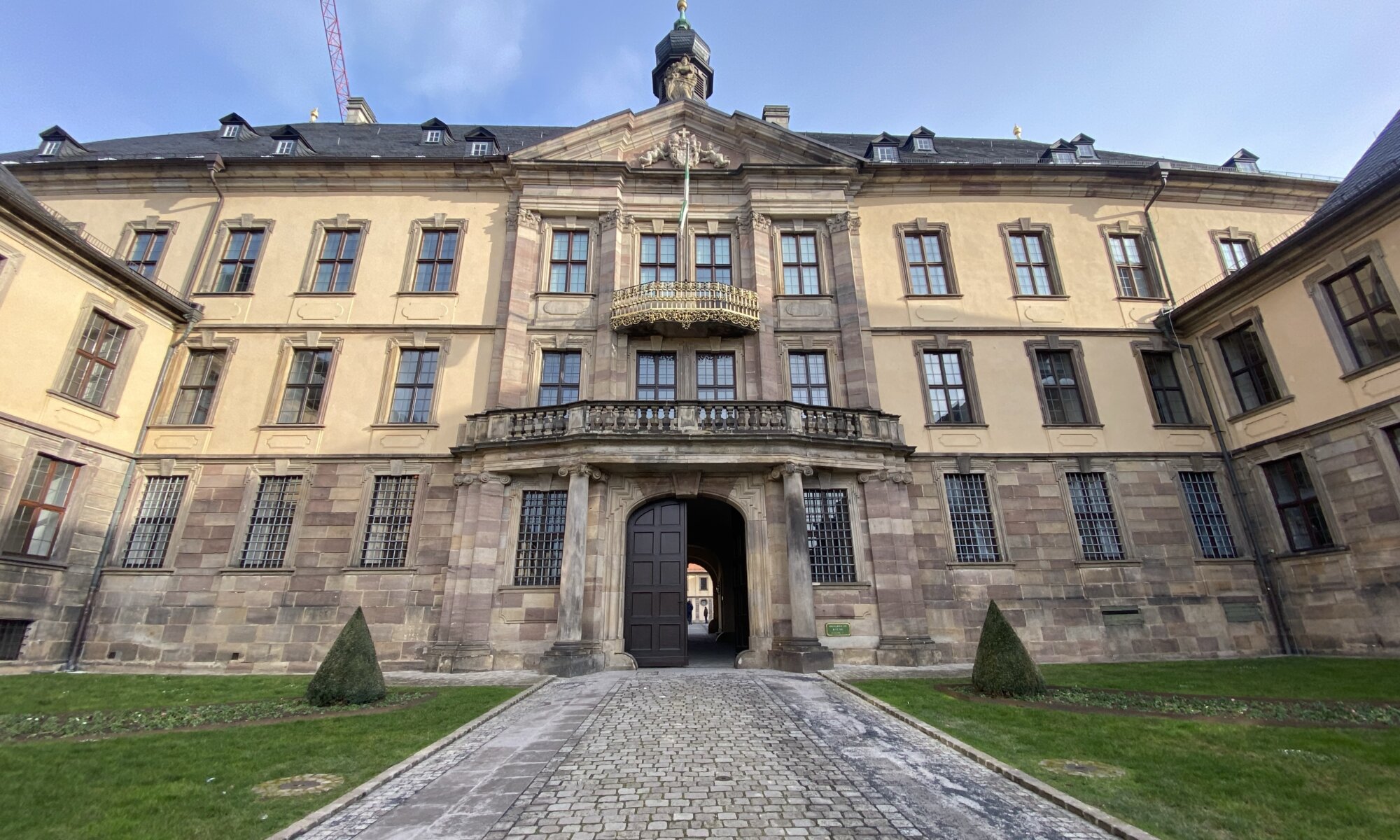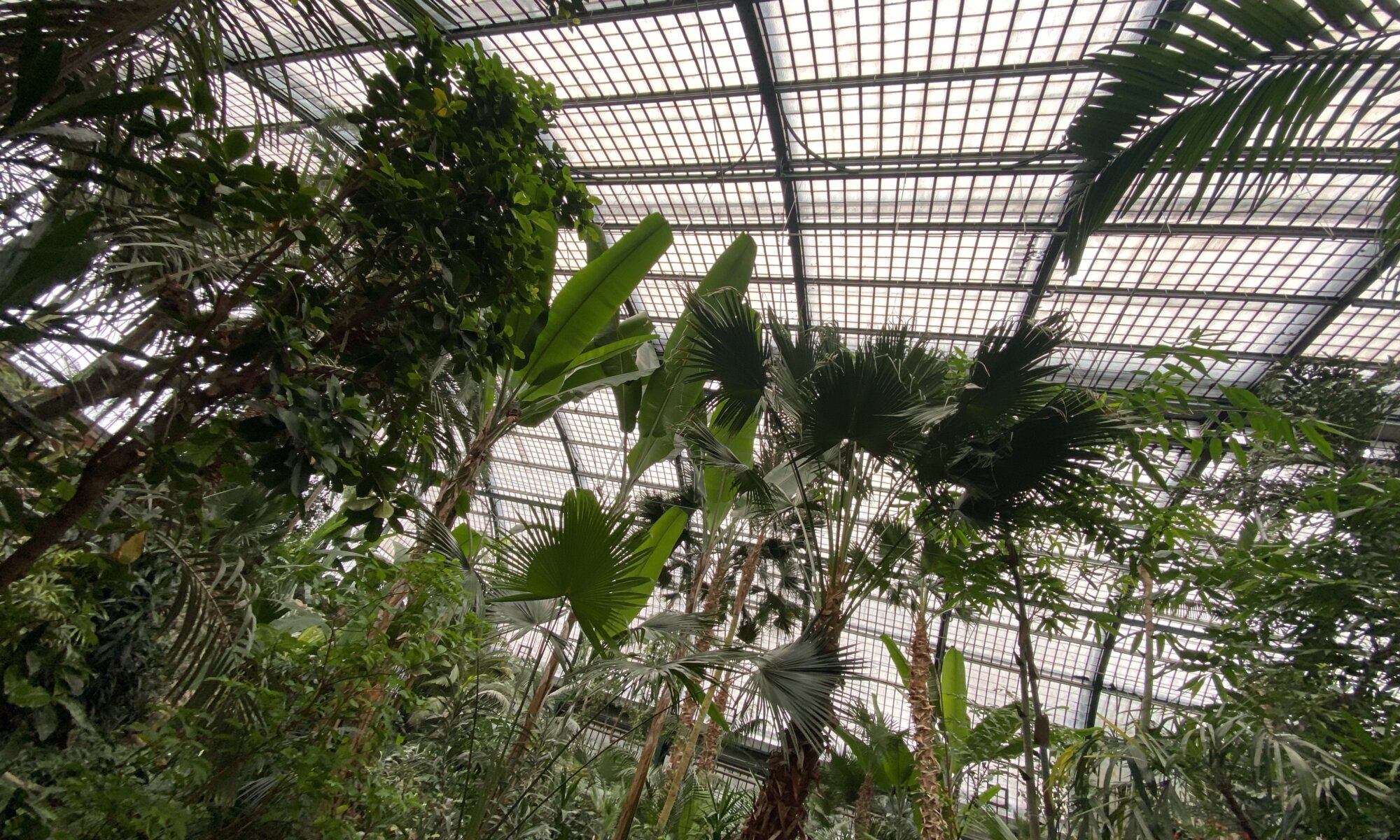When you’re walking through Regensburg you might not notice that the city is of Roman origin, but the traces are there and easy to find. In 179 CE the Romans created a fortification close to the rivers Regen and Donau. The Castra Regina was home to the third Italian legion and protected the Upper Germanic-Rhaetian Limes which was in this area the river Donau. On the other side of the river Germanic people were living and had continuous conflicts with the Romans.
Continue reading “Castra Regina”Walhalla
When the Holy Roman Empire broke apart in 1806 the people in todays Germany were trying to define their identity. Who is German? What does it mean to be a German? The idea of these times was that everyone who is speaking the German language shall be defined as a German. Ludwig I, the later king of Bavaria, started to create a collection of busts showing persons whom he defined as important Germans. He planned to exhibit them in an impressive building which he named the Walhalla, after the place where fallen heroes find their eternal rest in Norse mythology.
Continue reading “Walhalla”Mia san Mia
When foreigners think about Germany they most often first think of Bavarian things: the Oktoberfest, the Schuhplattler dance, the Lederhose, the Weißwurst, or even the FC Bayern München. That is because the Bavarians are within Germany one of the few groups with a strong identity and preserved historic traditions. And a lot of self-esteem with which they annoy the rest of the country.
Continue reading “Mia san Mia”St. Peter
The two towers of the Gothic-style cathedral St. Peter dominate the skyline of the city of Regensburg. Entering the building feels like being teleported into a different world, with the high ceiling and the rich decorations it has a special atmosphere. The church was built from the year 1275 on and became usable in 1450. The creation of the towers lasted until 1869, all in all a very long construction period.
Continue reading “St. Peter”Porta Praetoria
The city of Regensburg was founded by the Romans in 179 CE. They created their military fortification called Castra Regina facing the river Donau. The main gate of every of these fortifications was called Porta praetoria and the Porta praetoria of Castra Regina has been preserved throughout the centuries. In fact, in addition to the Porta Nigra of Trier the gate at Regensburg is the only preserved Roman gate in Germany.
Continue reading “Porta Praetoria”Steinerne Brücke
Close to the city center of Regensburg a long bridge spans the river Donau, the Steinerne Brücke. It was built between 1135 and 1146 and was by that time the only bridge crossing the Donau between Ulm and Wien. The bridge is 336 meters long and eight meters wide. With its 16 arches it was the antetype for the famous Karlův most at Praha (516 meters long, built in 1357).
Continue reading “Steinerne Brücke”All in one
When you’re visiting a small town with 65,000 inhabitants you’re not expecting to find impressive museums within. Fulda in the heart of Germany is an exception, as it hosts the Vonderau-Museum at the university square in the city center. It was founded in 1875 and is a surprisingly good combination of a natural history museum, an art collection, a lapidary and a planetarium.
Continue reading “All in one”Kloster Frauenberg
High above the city of Fulda you can find the Franciscan cloister Kloster Frauenberg. If you want to enjoy great views on the city or do some sports (the ascent is quite steep) you should choose to get up. On top of the mountain you can relax in the cloister gardens or a enjoy a coffee at the terrace of the coffee bar of the cloister.
Continue reading “Kloster Frauenberg”Pomp & fancy tapestry
The Fuldaer Stadtschloß is a special castle: it is used by the city administration as the town hall building, but it is also a museum. When you’re visiting it you’ll have to search for the pompous representative rooms of the past between the many simple offices of the different departments of the administration. But it is a quest absolutely worth doing, the rooms are well-preserved with ancient tapestry, endless mirrors and very rich decorations.
Continue reading “Pomp & fancy tapestry”Palmengarten
Close to the city center of Frankfurt am Main you’ll find a pleasure rather unexpected in this central location: the Palmengarten, a botanical garden between high modern houses and ancient homes. It is 22 hectares large and was opened in 1871. The garden expert Heinrich Siesmayer received the order to buy the trees and plants of the orangery of Adolphe, the Duke of Nassau. The garden was created following the Parc des Buttes-Chaumont and the buildings of the World Exhibition of 1867 in Paris. Some elements of that can be seen still today.
Continue reading “Palmengarten”